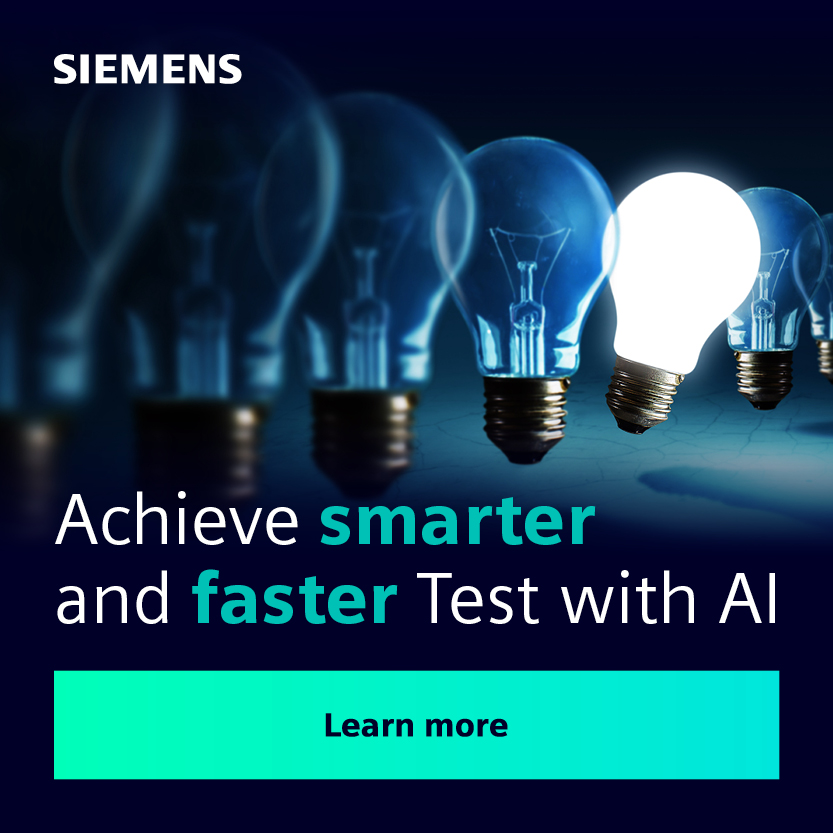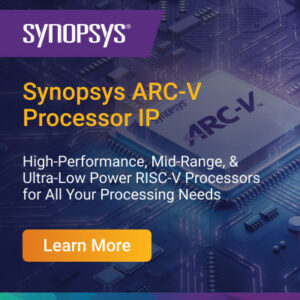
- This event has passed.
The Most High-Performance Natural Language Processing (NLP) in Constrained Embedded Systems 2021
December 6, 2021 @ 8:00 AM - 5:00 PM
Current technology news is filled with talk of many edge applications moving processing from the cloud to the edge. One of the presentations at the recently concluded Linley Group Fall Processor Conference was about AI moving from the cloud to the edge. Rightly so, there were several sessions dedicated to discussing AI and edge processing software and hardware solutions. One of the presentations within the Edge IP session was titled “High-Performance Natural Language Processing in Constrained Embedded Systems.” The talk was given by Jamie Campbell, software engineering manager at Synopsys.
While the bulk of data nowadays is generated at the edge, most of it is sent to the cloud for processing. Once the data is processed, applicable commands are sent back to the edge devices for implementing the applicable action. But that is changing fast. Within a few years, a majority of the data is expected to be processed at the edge itself. The drivers for this move are reduced latency, real-time response requirement, data security concerns, communication bandwidth availability/cost concerns, etc., The applications demanding this are natural language processing (NLP), RADAR/LiDAR, Sensor Fusion and IoT. This is the backdrop for Jamie’s talk which focuses on NLP in embedded systems. He makes a case for how NLP can be efficiently and easily implemented in edge-based embedded systems. The following includes what I gathered from this Synopsys presentation at the conference.
Jamie starts off by introducing NLP as a type of artificial intelligence which gives machines the ability to understand and respond to text or voice. And he classifies natural language understanding (NLU) as a subtopic of NLP which is focused on understand the meaning of text. The focus of his presentation is to showcase how an NLP application can be implemented within an embedded system.
Embedded System Challenges
As fast as the market for edge processing is growing, the performance, power and cost requirements of these applications are also getting increasingly demanding. Embedded systems within edge devices handle specific tasks, balancing accuracy of results at power/performance/area efficiencies. The challenge is to select algorithms appropriate for implementing those tasks, execute within the constraints of the embedded systems and still deliver the performance and accuracy needed. Choosing the optimal execution models and implementation hardware is key, whether it is an NLP application or any other application within embedded systems.
Demonstration of NLP Implementation
Jamie explains the project that they embarked on at Synopsys is to demonstrate that a useful NLP system can be implemented in a power constrained, low-compute-capacity environment. The use case they chose is an automotive navigation application that can be operated through natural language commands. The goal is to understand queries such as “How far is it from suburbs to city center” and “is road from city center to suburbs icy.” The expected output from the application are two things: Intent and Slots. Intent defines what is needed to execute the query. Slots are qualifiers that augment the Intent. In the case of the two sample queries stated above, the intent is “Get Distance” and the slots are the “Waypoints”. The application is to extract intent and slots from the text output derived from automatic speech recognition (ASR).
Share this post via:












Huawei’s and SMIC’s Requirement for 5nm Production: Improving Multipatterning Productivity